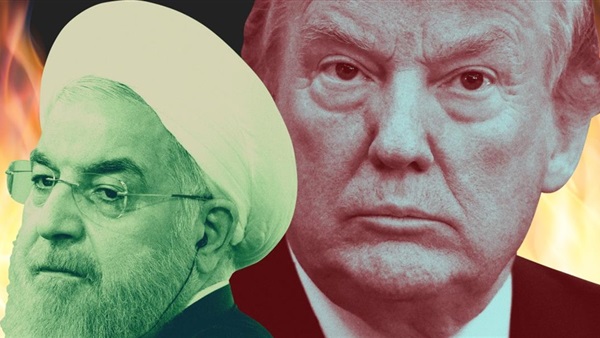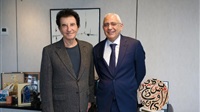Unravelling of the Iran nuclear deal

A landmark 2015 deal on Iran’s nuclear programme has
been falling apart since the United States unilaterally pulled out of the
agreement in May 2018.
On Saturday, Washington declared that UN sanctions
were back in force, a move other major countries — including its allies — said
lacked legal basis.
Here is a snapshot:
US withdrawal
On May 8, 2018, President Donald Trump withdraws the
US from the deal negotiated between Iran and the five permanent members of the
UN Security Council — Britain, China, France, Russia and the United States —
plus Germany.
“We cannot prevent an Iranian nuclear bomb under the
decaying and rotten structure of the current agreement,” Trump says.
US sanctions
In August and November 2018, Washington reimposes
sanctions on Iran and companies with ties to it, notably hitting Iran’s vital
oil sector and central bank.
Major international firms halt their activities and
projects in Iran.
In May 2019, Washington ends its sanctions
exemptions for countries buying Iranian crude oil.
Iran starts walk-back
Iran that month announces its first step back from
the deal, seeking to pressure European signatories to help it get round the
sanctions.
Trump then sanctions Iran’s steel and mining
sectors.
In July, Tehran says it has exceeded the accord’s
restrictions on its enriched uranium reserves and uranium enrichment level.
More steps
In September, the International Atomic Energy Agency
(IAEA) nuclear watchdog says Iran has started using advanced centrifuges to
enrich uranium.
On November 4, Tehran says its enrichment increased
tenfold and that it has developed two new advanced centrifuges.
Later that month, it resumes enrichment at its
underground Fordow plant in its fourth walk-back and says its heavy water
reserves have passed the accord’s limit.
More centrifuges
Tensions between Washington and Tehran spiral after
a January 2020 US drone strike kills top Iranian commander Qasem Soleimani in
Baghdad, sparking a tit-for-tat confrontation.
Iran announces its fifth step back from the deal on
January 5, foregoing a limit on its number of centrifuges.
Dispute mechanism
On February 14, Iran demands significant economic
advantages from Europe in return for cancelling all or part of its rollback
measures.
On March 31, European signatories say they have
delivered medical goods to Iran, in the first transaction under the Instex
mechanism set up to bypass the US sanctions.
Over the limit
On May 27, Washington ends sanctions waivers for
nations that remain in the accord, which allow companies still present in Iran
to carry out the agreement.
On June 5, the IAEA says Iran has accumulated
enriched uranium at nearly eight times the limit of the accord and has for
months blocked inspections at key sites.
On June 19, IAEA governors pass a resolution
critical of Iran, the first of its kind since 2012, urging Tehran to provide
its inspectors with access to two sites.
Setback for US
On August 14, the UN Security Council rejects a US
resolution aimed at extending the embargo on arms sales to Iran that expires in
October.
On August 20, the United States formally begins the
process of activating a controversial mechanism aimed at reimposing UN
sanctions on Iran.
It immediately comes up against opposition from European
and other powers.
US reimposes sanctions
On September 4, the IAEA says Iran has granted its
inspectors access to one of the two sites.
Iran’s stockpile of enriched uranium now stands at
more than ten times the limit set down in the 2015 deal, the IAEA says.
On September 20, Washington unilaterally proclaims
UN sanctions against Iran are back in force, and promises to punish those who
violate them.









